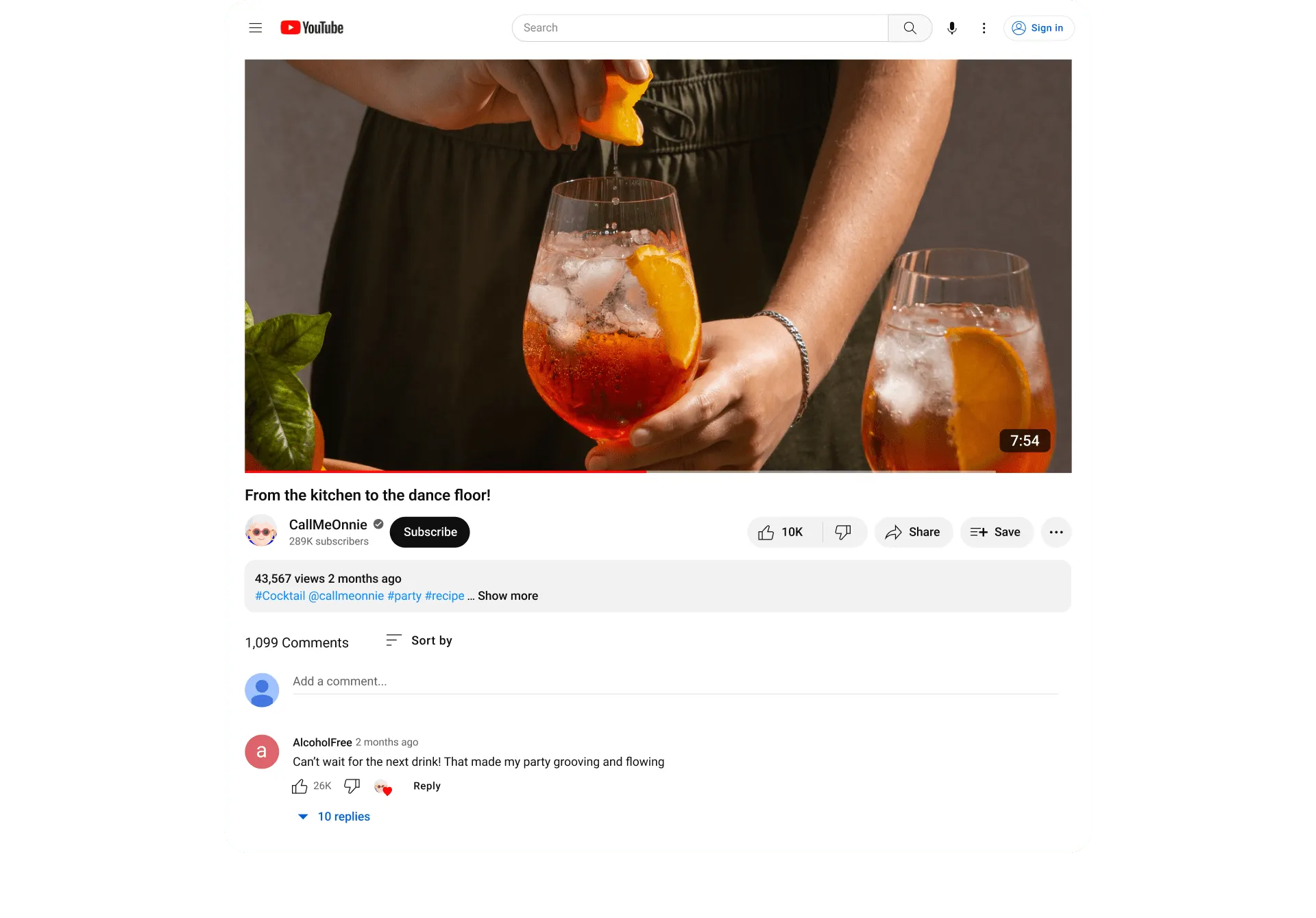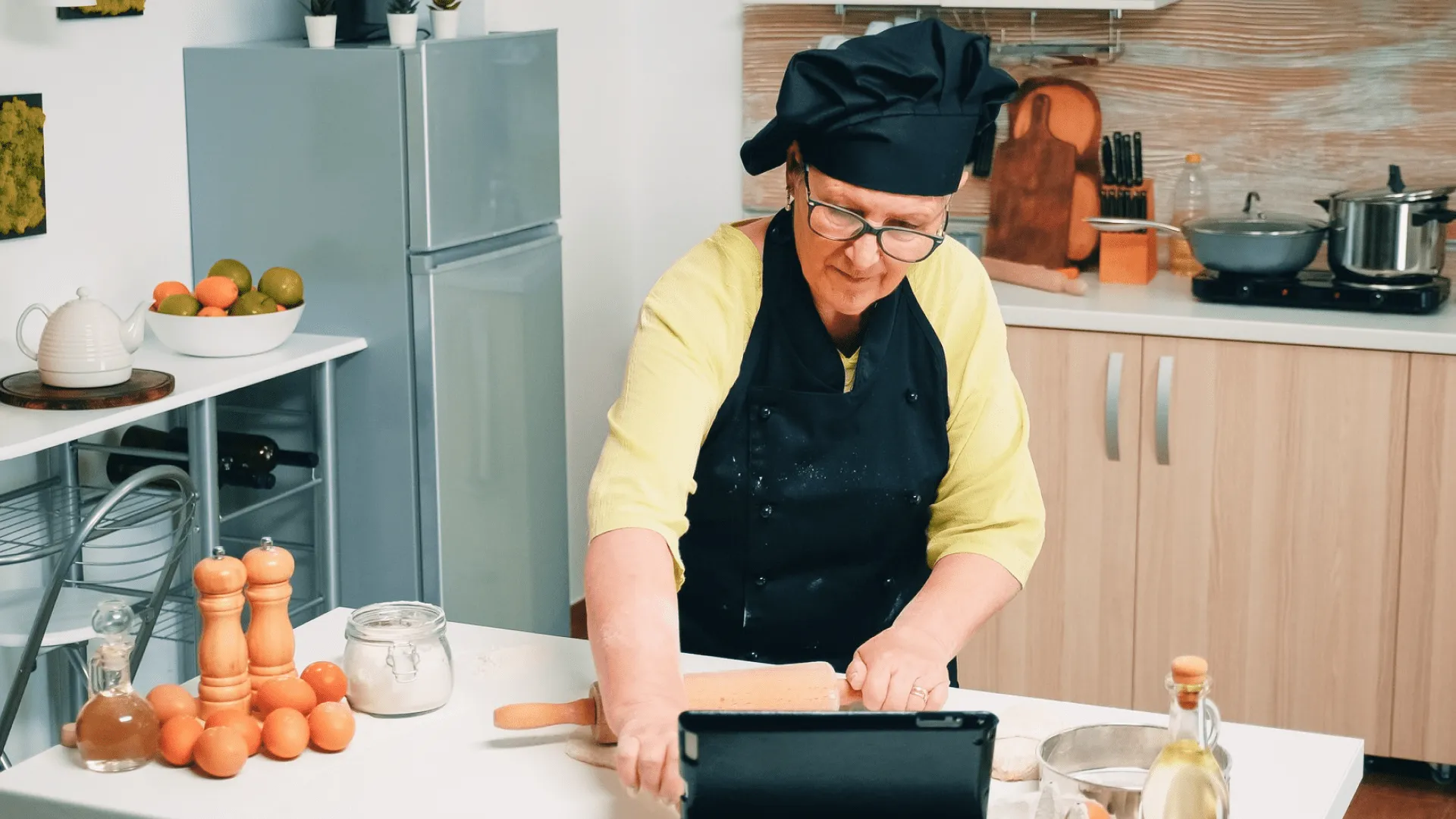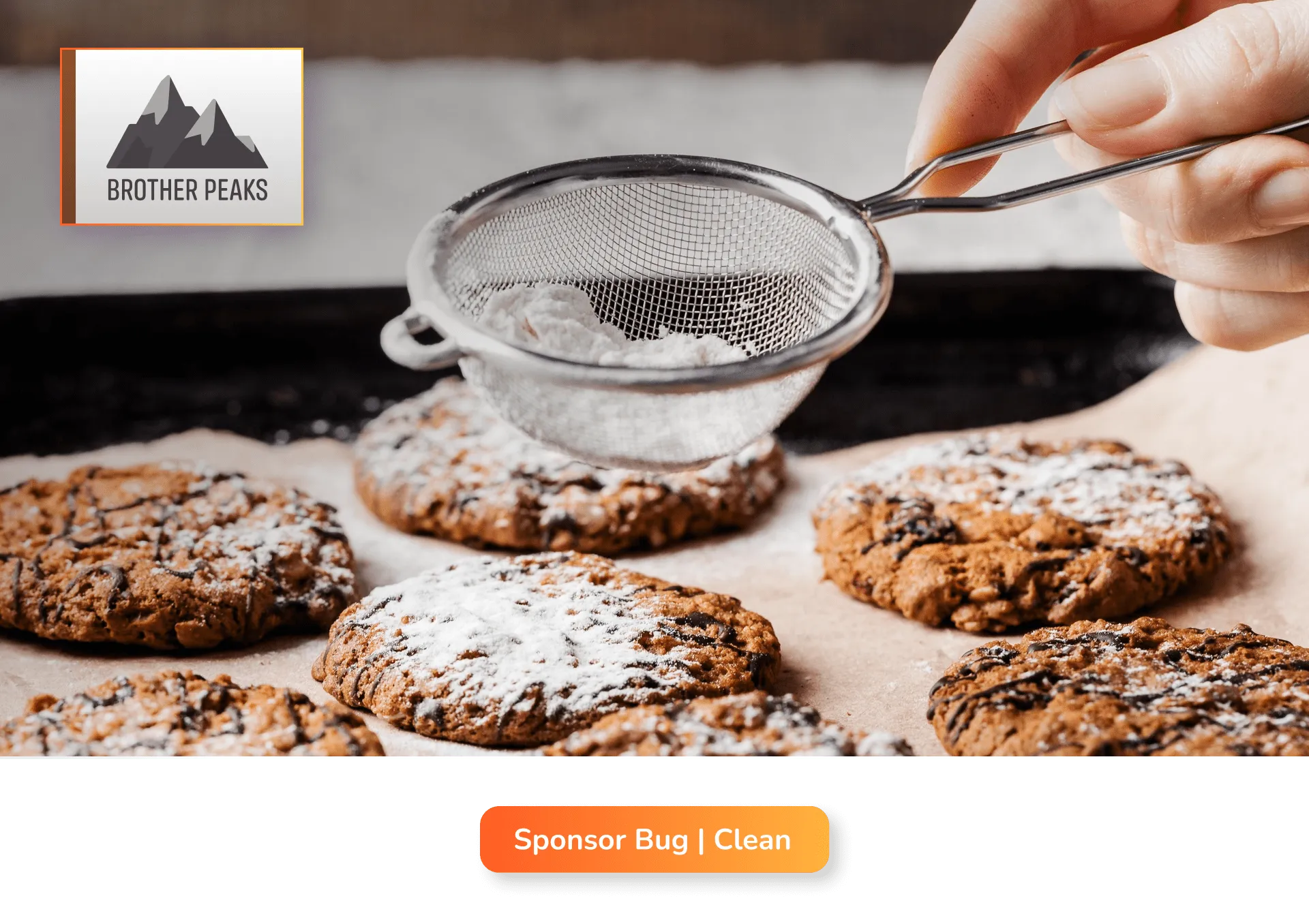Sign up for uno
Language
Cooking shows have been popular for decades, from TV show hosts like Julia Child and Joyce Chen in the 60s to Gordon Ramsay in the early 2000s. It’s only natural that when YouTube emerged in 2005, cooking videos became a successful niche on that platform.
Visual appeal, the sound of food prep, the hosts' personalities, their cooking techniques, and their storytelling are some of the reasons why YouTube cooking channels are so entertaining to watch.
If you plan on live streaming a YouTube cooking channel but still don’t know how to make cooking videos popular, this guide is here to help.
Here are the steps you should follow to create an engaging live cooking show:


Remember to keep the background clean and uncluttered. You can use a branded backdrop or set up in an attractive part of your kitchen, but avoid busy patterns that may distract viewers (or cause noise on-camera). Opt for non-reflective walls and counter surfaces to avoid distracting reflections, and add personality with carefully chosen decor items.
Set up your cooking show prep area for both practicality and visual appeal. Use attractive, labeled containers for ingredients and keep tools handy. Choose non-reflective surfaces to avoid camera glare. A mobile kitchen island can add flexibility to your setup.
Position cookware so viewers can easily see what's happening. Avoid obstructions like kitchen hoods and angle the camera towards the oven door, if possible. Use transparent lids on pots and pans when appropriate to showcase the cooking process. These adjustments will help keep your audience engaged and able to follow along with your cooking demonstration.
For optimal lighting, use natural light from windows when possible. If not, invest in soft, diffused lighting to avoid harsh shadows. A ring light can evenly illuminate your face. Position lights to prevent backlighting, which can create silhouettes.

Use multiple camera angles if possible. Position the main camera at or slightly above eye level, ensuring a clear view of your workspace and stovetop. Consider adding an overhead shot for tasks like chopping. This variety will make your videos more dynamic and help viewers follow the cooking process easily.
For clear audio, use a lapel or shotgun microphone to capture your voice while minimizing kitchen noise. Test audio levels to ensure you're heard over cooking sounds. If your space is echoey, consider acoustic treatments.
Animated overlays can greatly enhance your cooking live stream in several ways. First, they simplify complex recipes by providing step-by-step visual guides. Ingredient lists and measurements can be displayed without interrupting your cooking, helping viewers follow along easily. This is especially useful for those unfamiliar with certain ingredients.
Secondly, overlays improve the structure and pacing of your stream. Timer displays help everyone keep track of cooking times, while animated text boxes can clearly illustrate cooking steps and techniques that are hard to explain verbally.
Thirdly, overlays add value for viewers and potential sponsors. You can display nutritional information that viewers can reference without pausing.
Lastly, for sponsorships, overlays can show discount codes or special offers without disrupting your cooking demonstration.

You can apply uno animated overlays to many elements of your YouTube cooking channels. Here are some examples:
There are over 500 overlay templates in our uno library. You can use them for free and start engaging with your audience now.